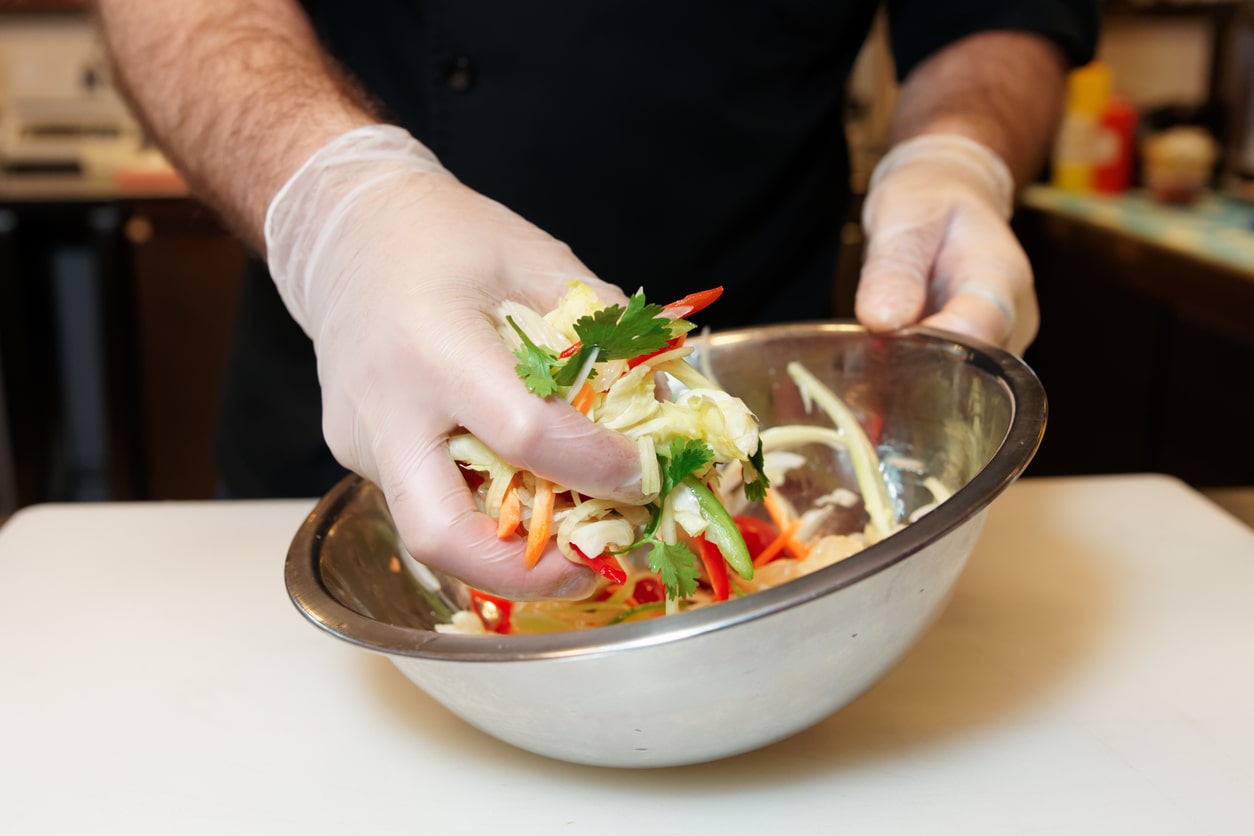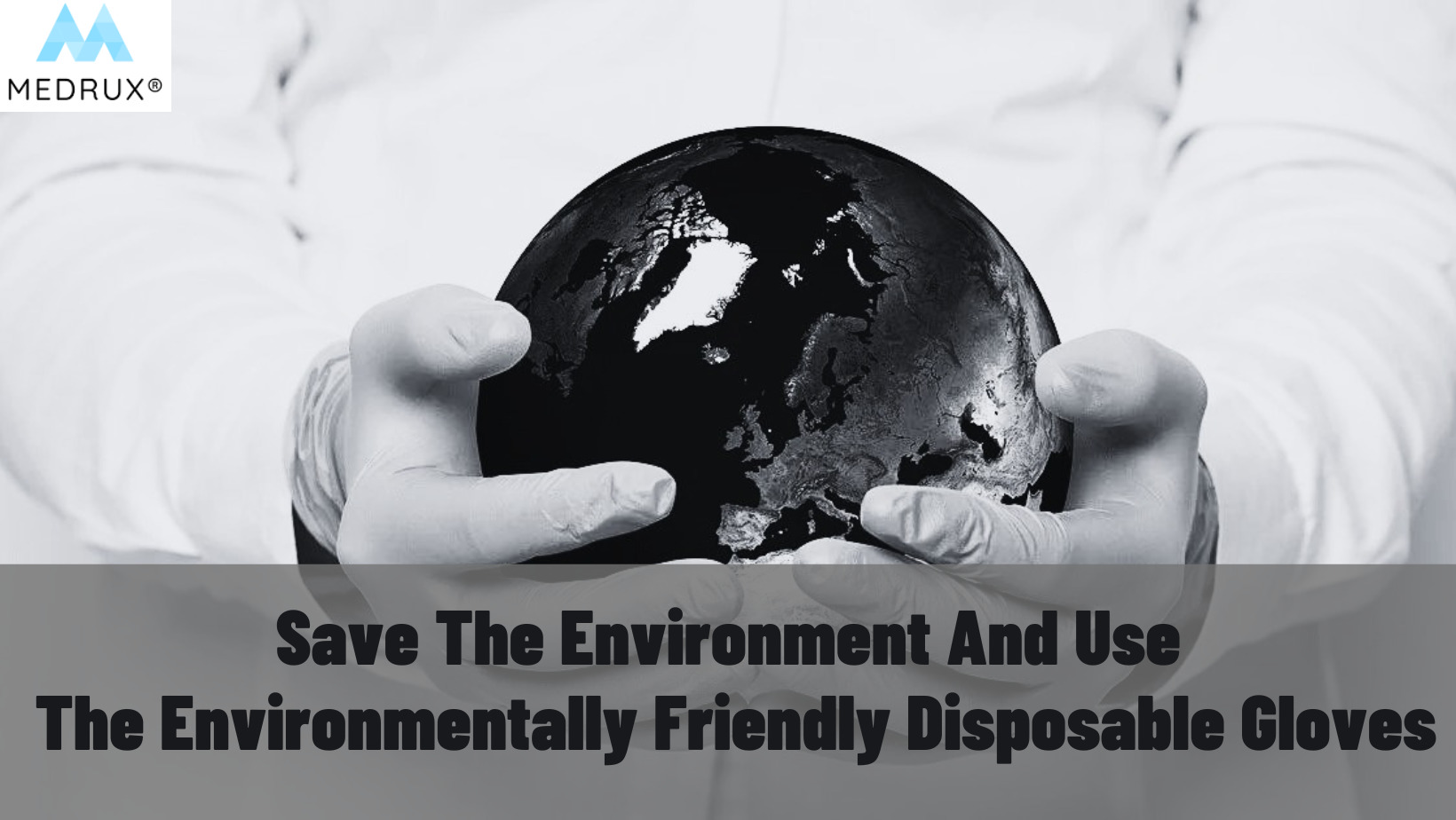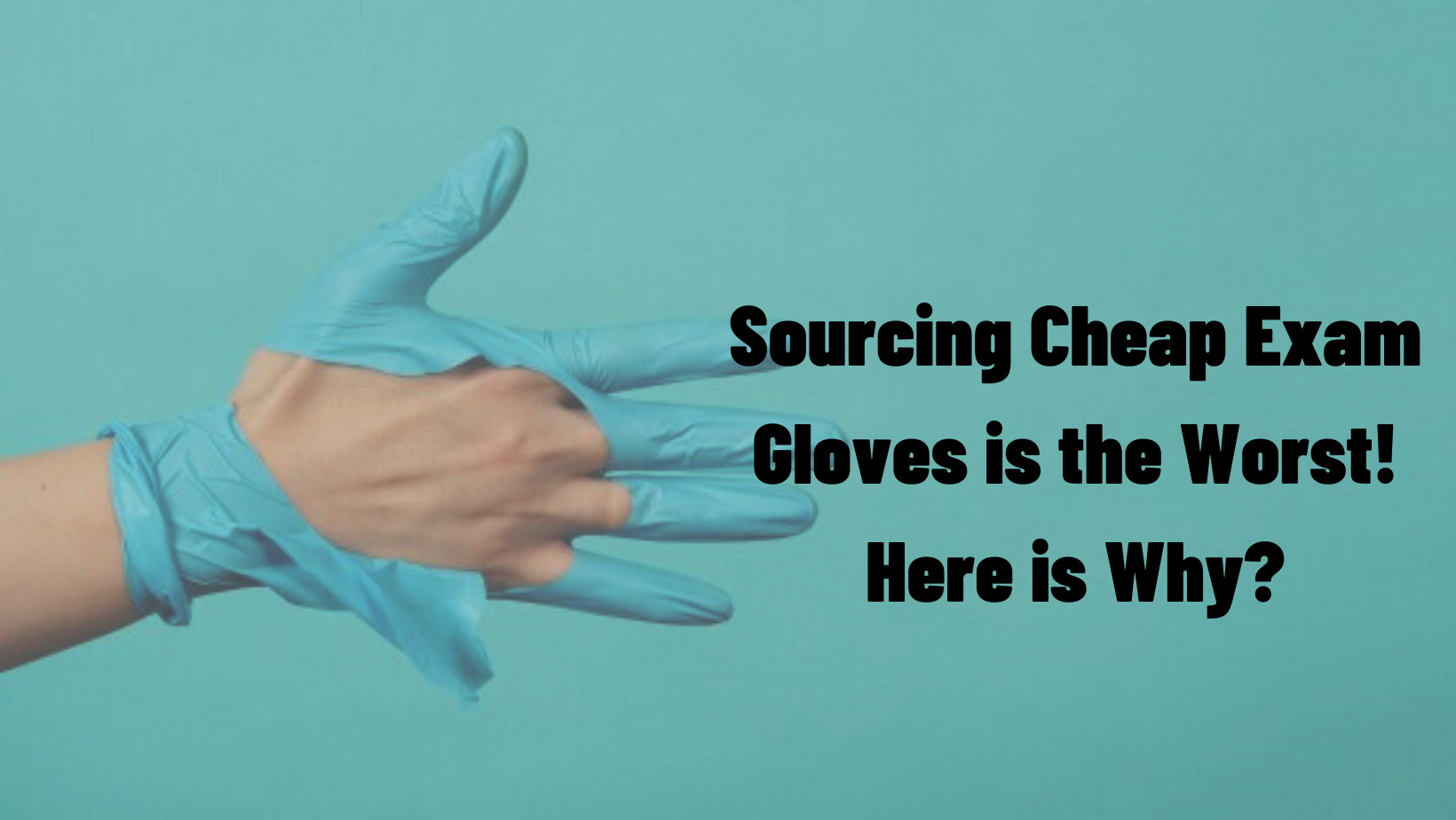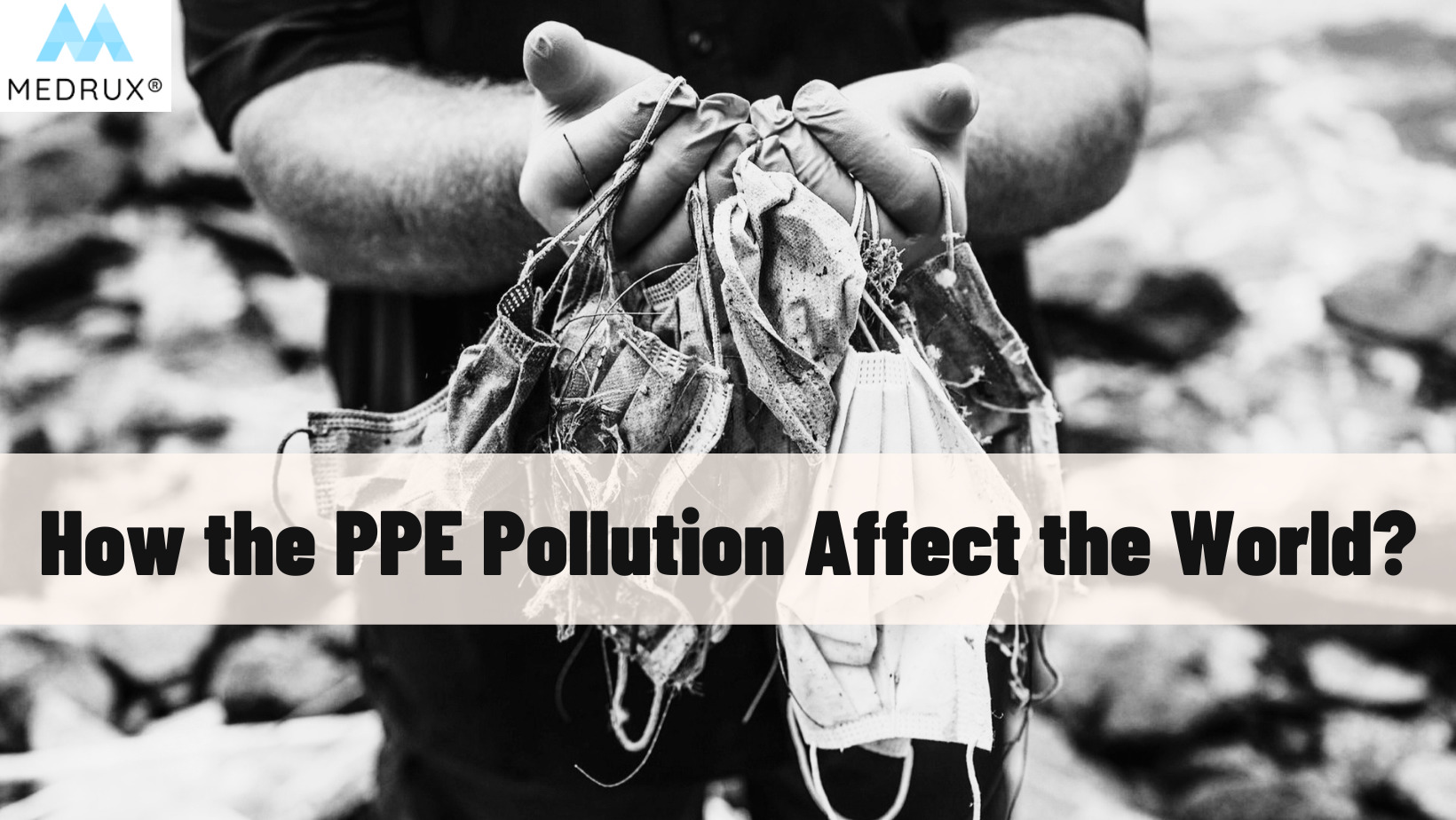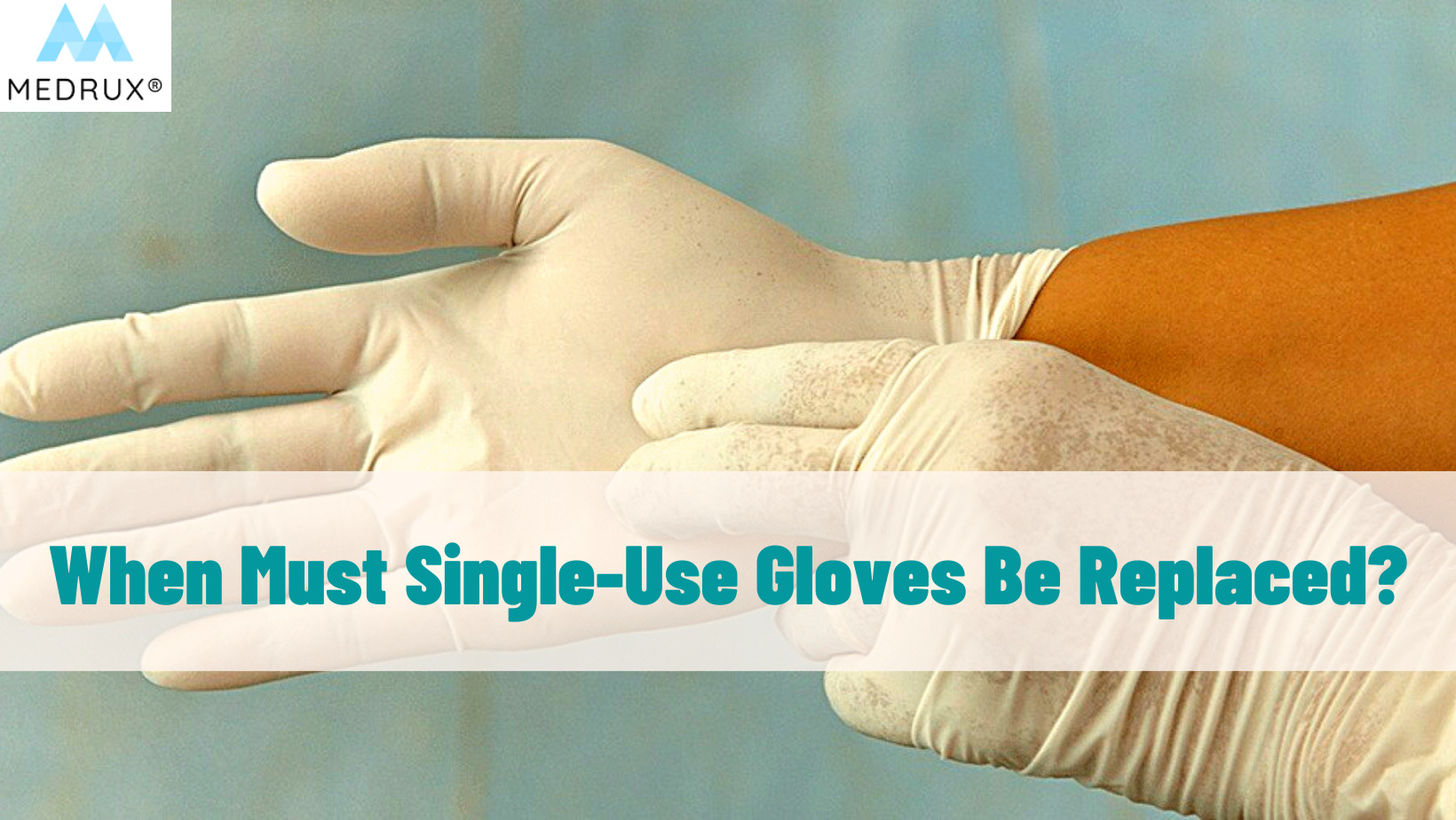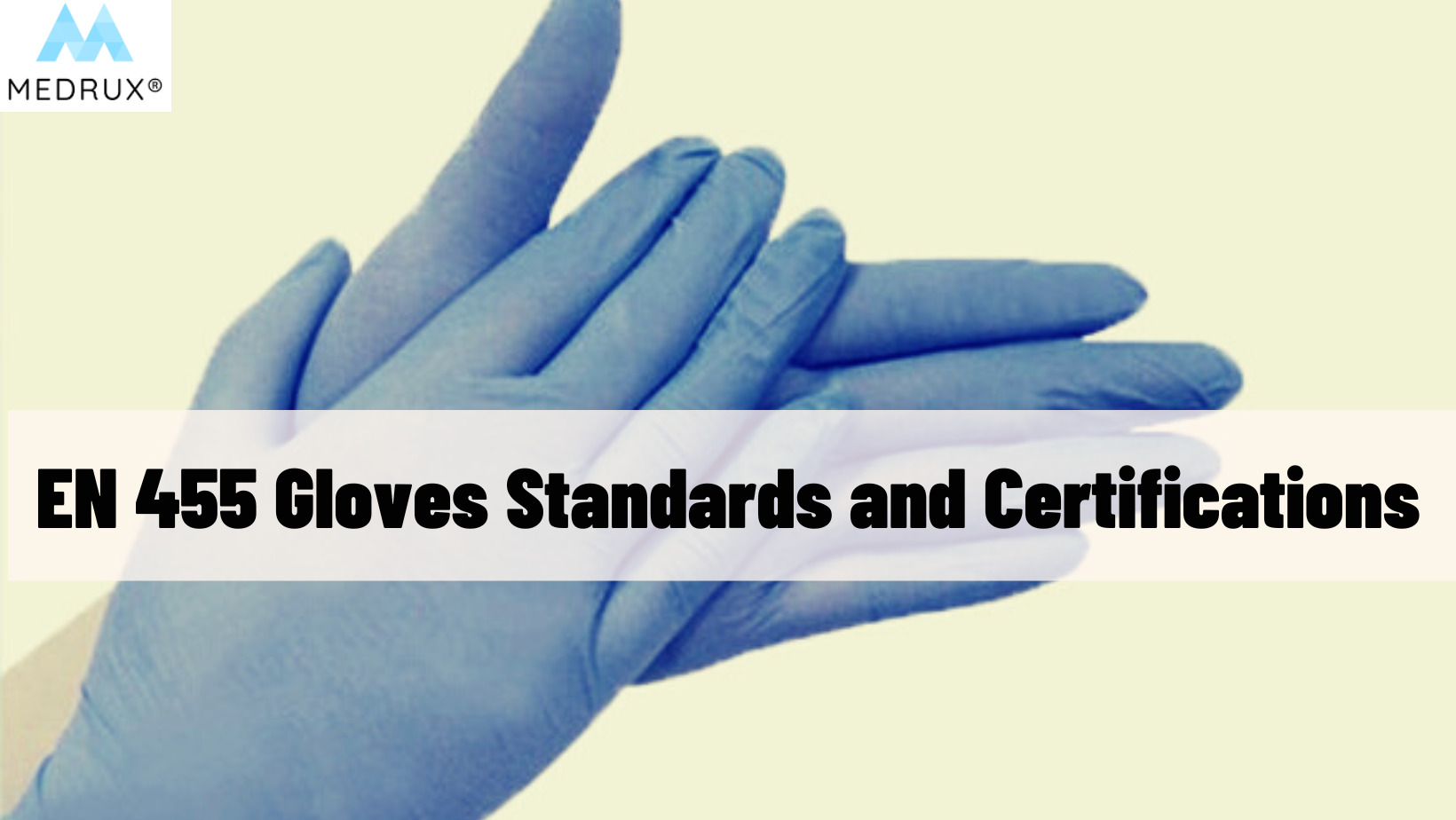Ever wondered why different places sell the same glove boxes at different prices?
You can figure out the answer to this question by looking at the back of the box.
Yes, you see it! You’ve just got old gloves! In other words, EXPIRED GLOVES!
What’s even more interesting is that if you surf the internet for a while looking for old gloves, you’ll surprisingly find some websites selling expired disposable gloves for prices as low as 1.20$ per box.
Gloves are essential in our world today!
In fact, in almost every industry, you will see how gloves are crucial in providing a protective barrier to our precious hands.
Wearing gloves is a common sight in a hospital, restaurant, or mechanic’s shop.
Furthermore, hundreds of industries use gloves for different purposes and applications.
The use of gloves is on the rise, especially after COVID-19.
For the same reason, there’s always the chance to run into some wholesaler trying to sell you old gloves.
Are you standing there wondering what the right decision to take for your business is?
And should you consider buying those old gloves for a lower price? Or should you pay a little extra for a new production line of glove boxes?
It is not the wisest decision to look for a cheap source of exam gloves.
By default, buying expired gloves isn’t any different.
If you want to understand why you just landed on the right article.
Here, we will answer these tough questions by giving you more insights into the following:
- Why are there old gloves on the market right now?
- Why are old gloves cheaper than freshly produced ones?
- The role played by the different materials in creating old gloves.
- How storage conditions affect the use of old gloves
- The disadvantages of using old gloves.
Equally important, we will help you decide what to do if you purchased a big bulk of old gloves and you’re wondering if it’s safe to use them.
In addition, we will give you a few tips on how to prolong the life of your purchased gloves.
Keep reading to learn more!
Why are there old gloves on the market right now?
Workplaces usually buy gloves in bulk.
It is either for a hospital, restaurant, factory, office or workplace where gloves are essential.
You get better deals when you buy large quantities than when an individual buys a box of 100 gloves, right?
But what happens when your deal is with untrusted suppliers?
That’s right; they usually provide the worst quality.
In addition, you may find yourself with a load of expired gloves.
The emerging COVID-19 pandemic has put suppliers and manufacturers in a tight place in the past two years.
For it caused a shortage of PPE, especially disposable gloves, worldwide.
Disposable glove manufacturers raced against the pandemic, and time to produce huge numbers to fight the virus and respond to the increasing global demand.
Many unreliable suppliers and wholesalers took advantage and started producing low-quality gloves in huge quantities.
Moreover, these low-quality gloves invaded the market, and stocks are piling up.
In addition, the stocked gloves are either expiring soon or have already passed.
They have been sitting there in storage for so long without being used, so now they’re running out of time.
Hence, suppliers need to get rid of them as fast as possible.
Sell them cheaper, get rid of them faster, and get ready for the next new expensive batch.
So, if you’re looking for the best deal for cheap disposable gloves, be careful; you might jut use those old gloves.
The question is, why are those old gloves cheaper than the new ones?
Why are old gloves cheaper than freshly produced ones?
A new batch of gloves is usually more expensive than the old ones.
Why?
Let me put it this way: if you’re out shopping during a sale season, where would you find last season’s trends? Or the final piece of the summer collection?
Yes, just like the image of the tight, small corner at the end of the shop popped into your head right now.
While the new arrivals and collections are displayed expansive and proud on the front line, all shiny and new and, of course, more expensive.
It goes the same way for old gloves!
They’re left there in the storage rooms or tanks. Who knows what could have gone wrong in their storage conditions?
So, they’re sold in large quantities at chlowrices, just like in the sales season.
Newly manufactured gloves have just been taken out of their molds and tested to give you the best quality you can rely on to keep your hands safe and protected.
You don’t need to worry about whether they can protect you or not because, unlike old gloves, they haven’t been stored for ages; they just came out of the oven as freshly baked cakes smelling like protection!
While you can get the best deal on a sale item, you cannot always rely on the quality of old things. Can you?
It’s the same for old gloves!
Let’s see more about why they turned old.
The role played by the different materials in creating old gloves
During COVID-19, everyone was loading stocks of PPE, including gloves.
Little did they know, their gloves wouldn’t last for good.
Why?
Gloves, like everything we buy, have a shelf life.
Just because they’re plastic or rubber doesn’t mean they can last forever.
The expiration date of the gloves indicates how long you can use them before they cannot do their job, which is protecting your hands!
How do they age and become old gloves?
The shelf life depends on two major factors one is the material they’re made of, and the second is the conditions they’re stored in.
Let’s sneak a peek at each of them, starting with the materials.
Most disposable gloves are made of natural materials such as latex, which degrades over time. But in reality, it’s not just raw materials that break down.
After all, all materials break down, including synthetic rubber-like nitrile or vinyl.
-
Latex
It is a natural substance derived from the sap of rubber trees.
Besides coming from an organic source, latex is thinner than most gloves.
Hence, it degrades faster and has the shortest shelf life.
Three years, and bam! They turn into old gloves.
-
Nitrile
It is a synthetic rubber polymer made of acrylonitrile and butadiene.
Nitrile gloves have more puncture, tear, and chemical resistance than other types.
With that in mind, nitrile gloves have a longer shelf life of 5 years.
In addition, with excellent manufacturing quality and good storage conditions, it can last up to 10 years.
Therefore, the chances of old nitrile gloves happening are much lower than latex old gloves.
-
Vinyl
Vinyl, or PVC, is a synthetic rubber polymer made of polyvinyl chloride.
Vinyl gloves are famous for being the most economical gloves.
Nevertheless, they’re the least environmentally friendly gloves.
And even though their durability, comfort, and protection performance are narrower than other types, they’re still widely used.
Vinyl old gloves are usually past their five-year expiry date.
-
Polyurethane
It is a synthetic polymer made from diisocyanates and polyols to make gloves or coatings.
In addition to good abrasion resistance, they offer the wearer great comfort as they are made of breathable material.
Hence, they’re primarily used in delicate handlings, such as parts assembling or sorting small sharp detain ils the automotive and mechanical industries, electronics, goldsmithery, and even laboratories.
Old polyurethane gloves are more than five years old after their production.
Polyethylene, or poly gloves, are made from low or high-density polyethylene materials. They are cost-effective and are used for food service because they are latex-free.
In addition, they are the loosest-fitting gloves. Their shelf life is five years or more.
-
Neoprene
Neoprene gloves are made of synthetic rubber called chloroprene.
Typically, they are more expensive than other gloves.
They are known for their excellent resilience and resistance to environmental factors such as UV light, oxidation, etc.
It has a shelf life of five years, and it can last much more.
Hence, it’s less likely for gloves made of neoprene to be called “old gloves.”
-
Polyisoprene
It is a synthetic alternative to latex. It has the same physical properties as maximum elasticity and tears resistance.
Polyisoprene is most commonly used in surgical gloves and is the most expensive type.
Polyisoprene old gloves may be more prone to breakdown after exceeding their shelf life.
Bottomline:
In short, it’s a general rule of thumb that since latex is a natural material, it degrades faster than all synthetic materials and has a three-year shelf life.
Meanwhile, gloves made of nitrile, neoprene, PVC, urethane, PVA, polyethylene, and other synthetic coatings have a minimal five-year shelf life.
So, the chances of your old gloves being made of latex are much higher.
But it’s not just about the material.
As we mentioned above, another critical factor contributes to accelerating the process of creating old gloves.
Let’s check it
How do storage conditions affect the use of old gloves?
Expiry dates on gloves are not an exact number!
If it says they expire after five years, this could mean more or less.
The three-or five-year guarantee is only valid on the condition that they are stored correctly.
If the gloves are stored incorrectly, removed from their packages, or exposed to degradation factors, they deteriorate more quickly than the expected dates.
Hence, they lose their protective qualities and soon become those old gloves the wholesalers are trying to sell you over the newly produced gloves with better expiry dates.
They try to convince you that they are the same so that you can buy them in larger quantities for a lower price.
So, what factors contribute to creating those old gloves faster?
In short, moisture, light, extreme temperatures, and ozone are the most common elements that can make gloves age faster.
Let’s see closely how they do this.
-
Moisture
Just like food, if you leave it out in the kitchen exposed to the moisture in the air, it will rot faster than if you leave it in the fridge.
Humid air can affect the quality of gloves and make them age faster.
-
Light
Exposure to natural light containing UV rays can make those stored gloves degrade faster.!
In 2019, at Nebraska University, a thesis tested UV light’s effect on nitrile and latex gloves.
In particular, UV exposure accelerated the breakdown of both glove types. (1)
-
Extreme temperatures
A study to show the degradation of quality, in other words, “rubber aging,” proved that temperature is one of the aging factors of nitrile. (2)
because heat is related to the chemical reaction of the NBR polymer degradation.
So, can you imagine piles of nitrile or latex gloves stored incorrectly exposed to heat? Yes, say no more; it’s gloves time to thrive!
-
Ozone
It can sometimes be used in disinfecting equipment or generated from some electrical equipment.
Conversely, ozone usually causes damage to unwrapped gloves and those enclosed in packages containing excessive amounts of air (available oxygen).
It can cause cracks in rubber products, so it speeds up, turning them into old gloves and leaving them weaker.
The next question should be, why are old gloves wrong?
The disadvantages of using old gloves
Our last article discussed why sourcing cheap exam gloves is a bad idea. It’s almost the same for old gloves. Let’s see why!
-
Fewer quality assurances
The point of an expiry date is that, as long as the gloves are used during this time and stored in the right conditions, manufacturers pledge the quality of their products.
For the same reason, no manufacturer can guarantee the quality of old gloves.
You wouldn’t know if those old gloves were appropriately stored, weren’t open, were exposed to moisture, etc.
Therefore, you wouldn’t know for sure, nor can the manufacturer guarantee, that they’re of the best possible quality.
It’s a roll of the dice whether you’re protected or not.
Don’t think you should gamble with your health and hand protection using old gloves.
-
Weaker protective properties
Since those gloves are beyond the date they should be used; their features become weaker.
This includes waterproof properties, durability, tear resistance, and cut resistance.
Again, this leaves you vulnerable to related hazards that probably needle gloves’ best performance to protect you against.
These gloves lose their permeability, allowing pathogens into your skin.
Furthermore, they will lose their durability, putting you in danger of abrasions, cuts, and tearing injuries.
-
Increase the likelihood of infection
Using old gloves for medical purposes is such a terrible idea.
Why?
Medical-grade gloves are usually made of nitrile or latex, and if those are old gloves, they are more prone to degradation and rapture.
As a medical professional, it’s reessentialor you always use new gloves.
Because they protect both you and your patients from the unnecessary burden of infections.
-
They are not sterile
These gloves shouldn’t be used for sterile surgical purposes.
Why?
Sterile gloves are used for surgeries or invasive procedures that involve contact with barren body parts like tissues or organs. Such sterility is crucial in preventing infection.
Additionally, sterile surgical gloves must have expiration dates.
And those dates and shelf life are tested through stability and real-time aging tests that comply with ASTM D7160-16 Standards.
When they turn into old gloves, they lose their sterility, which could cause some bacterial growth.
In addition, being more brittle and susceptible to breaking down means that the chances they have some invisible tear or cut that may allow bacteria in are incredibly high.
Consequently, this could cause surgical site infections and illnesses from contagious diseases.
-
They can cause food contamination.
These gloves can break down quickly.
Consequently, this could cause the chemicals to leach out.
This is more dangerous with old gloves made of vinyl.
According to reports, disposable PVC food-handling gloves may contain toxic, low-cost plasticizer chemicals known as phthalates. (3)
They are used to stabilize the gloves and make them flexible.
Furthermore, they are not chemically bound to the gloves, so they leach into the food on contact.
What’s scarier is that they are known to cause reproductive, developmental, and other health problems.
And this was done for new gloves that haven’t passed their expiry dates.
So, imagine the amount of these chemicals leached if they were old gloves that already break faster than new ones.
Moreover, if your old gloves have tears or punctures, bacteria such as Hepatitis A and Shigella can move from dirty hands.
Which will reflect poorly on your health and the health of your customers.
So, it’s highly recommended to use new gloves when handling food and change them whenever you sense a tear or a puncture.
-
They can cause more allergies
Just like leaching materials come out of old gloves over time, the same can be true for old gloves made of latex.
More natural latex proteins leak off the gloves, meaning more exposure to latex.
Consequently, more severe allergic reactions.
Even with latex-free gloves, when s expire, there’s no stopping the chemicals from causing skin allergies such as contact dermatitis and hand eczema
I.magine old gloves already made of cheap materials,
It could be the worst of both worlds coming to you on the silver plate at a lower price. JuPleaseon’t grab it.
-
They will cost you more.
Old gloves might be cheap, but that comes at a more fantastic price.
If unfortunately, you were infected, hurt, or injured using old gloves, the amount of time, money, and stress treating those are unthinkable.
In addition, if you’re a wholesaler or supplier, selling old gloves may gain you more money, but it will ruin your reputation; the worst-case scenario will cause you to be banned from the market if something terrible happens due to using your old gloves.
In short, buying old gloves isn’t worth the risk!
As a healthcare professional, you should never use old gloves.! whether for medical examinations or surgical interventions.
Old gloves are usually low-quality, non-sterile, and are no longer guaranteed by the manufacturers.
They’re more susceptible to degradation, tears, and raptures.
Hence, they may cause infections and diseases when used.
Additionally, they can break down faster than new gloves, making them a more significant source of leaching chemicals and latex protein, which is riskier and not worth the low price you may get them for.
Is it safe to use old gloves?
In times of emergency, the shortage of disposable gloves is a significant concern worldwide.
Everyone started buying-panicking and stocked large amounts of disposable gloves, consequently leaving some hospitals and healthcare facilities facing the monstrous pandemic defenseless.
Hospitals with a limited capacity or unavailability of gloves used gloves that were beyond their manufacturer-designated shelf life, aka old gloves (4).
However, it was only allowed for training or demonstration in low-transmission-risk settings (non-sterile and non-surgical sets).
What came to my surprise is that the FDA doesn’t mandate non-sterile gloves to be labeled with an expiration date (5)
However, most trusted manufacturers either put them or the production date on the box.
On top of this, people usually don’t want to waste their money, so they come up with many uses for old gloves in their households or gardens.
In other words, low-risk areas.
In other words, if you can stretch them without tearing, their surface doesn’t seem cracked or brittle. They are probably doing well.
Nevertheless, there are some situations where you must not use old gloves.
- If they harden and become brittle.
- If they tear easily when stretched.
- If they have visible holes or tears, gloves were made to create a barrier between hazards and skin, so if the walls are flawed, what’s the point?
- If they are smelly: if the old gloves have a repulsive smell, they shouldn’t be used; the cost could be a sign of fungi or bacterial growth.
- If they’re discolored, the discoloration can be a sign of many different things. For example,
White discoloration could mean that the gloves were exposed to ozone damage. If antiozonants are not added, or the gloves are exposed to ozone, they may discolor and degrade faster.
Browning or an amber color signifies manufacturing problems like over-chlorination, excessive heat, or overdrying. During manufacturing, it could also happen because of contact with copper, brass, iron, or other metals: usually more noticeable in old latex gloves; it could be attributed to exposure to UV light, heat, acids, or oxygen.
Notice that sometimes gloves have stains during use.
This means that it happens because of the reaction between chemicals used in the gloves and the sweat or skin of the user.
This might happen with even newly produced gloves, but it’s staining.
Nevertheless, not all discoloration can be a bad sign that the gloves aren’t safe to use; it’s better to be safe and use a new, fresh pair.
To summarize,
Even though we don’t recommend it, you can use old gloves if they are from high-quality, trusted manufacturers, in addition to being appropriately stored and their package seems intact.
You can also use them if they feel and look customary to you
What should you do if you have already bought boxes that will turn into old gloves?
Okay, now what’s done is done. You find yourself with the bulk of some old gloves, almost reaching their expiry date, and you want to know how to keep them as healthy and helpful as possible till they are out of date. Here’s how you should store them.
Here are some dos and don’ts.
Do
- Follow the shelf-life guidelines written on the glove packaging.
- Store in a dark, dry, and cool place.
- Keep in places away from ozone, UV light, and fluorescent bulbs.
- Store away from high temperatures, moisture, and heat sources like radiators and steam pipes.
Don’t:
- Store the gloves in areas exposed to UV light or ozone for a long time.
- Store them in areas where the temperature is greater than 90 °F (32 °C) or less than 50 °F (10 °C).
- Break the seal on the packaging unless you’re about to use them because if opened and left unused for a long time, they become damaged, unstable, and unsterile.
Furthermore, you can also do the same for your fresh new gloves to maximize their shelf life.
Final thoughts,
old gloves might be cheaper than new ones.
However, the risks that come with them make them undeniably not worth the compensation to an affordable price.
Make sure to check the expiry dates of your gloves and store them correctly to maximize their life.
One last thing to remember is to never use old gloves for medical or sterile uses.
We hope you had a blast reading and keep those questions coming.
Use a new pair of high-quality gloves, and stay safe!


